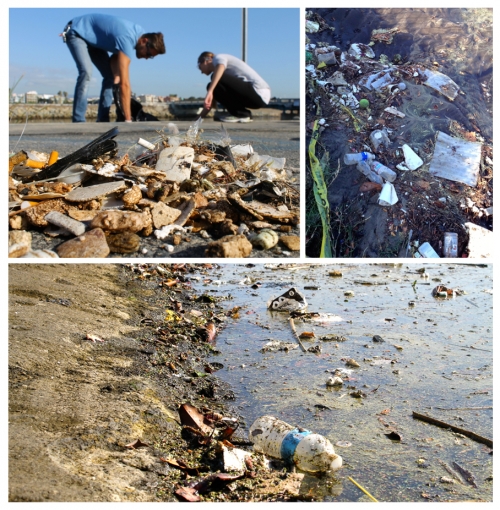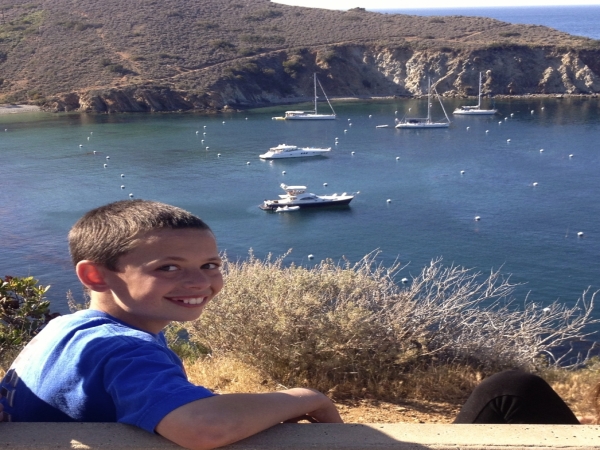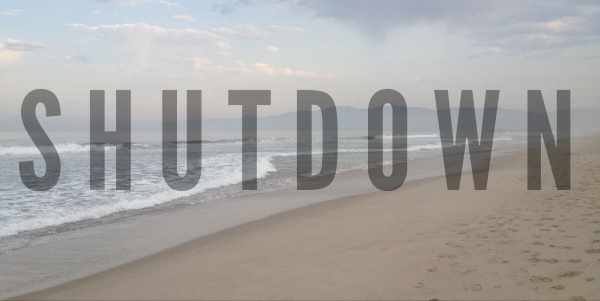Sarah Sikich, Heal the Bay’s director of coastal resources, is part of a special delegation of California ocean experts participating this week in a global conference about marine protected areas. Here’s her first report from France.
I’ve now spent 24 hours in Marseille, which has been a whirlwind of fresh baked baguettes, walks along windy cobblestone streets, and engaging discussions about ocean conservation at the 2013 International Marine Protected Areas Congress.
Upon arrival yesterday, I didn’t make it past the airport before seeing a familiar face. I second guessed myself after the first awkward “you look familiar” glance — I’m traveling in a city with over one million residents, do I really know that person? The woman who mirrored my traveler look (roller suitcase, messenger bag, and reusable water bottle) turned out to be a colleague from over a decade past, Petra. We worked together at the Catalina Island Marine Institute. She and I reminisced a bit while we waited in line, and then shared a cab into town.
That theme of connections carried across the opening ceremonies at the conference today, as over 1,200 delegates gathered to discuss how to advance ocean protection through partnerships and other creative solutions. Prince Albert II of Monaco inspired the room by explaining that when ocean conservation is done well, it’s not only good for the environment but it also benefits the economy. This message was supported by inspirational stories from around the world.
On Malpelo Island, Colombia, international partnerships have helped create a successful shark sanctuary teeming with hammerheads, spotted eagle rays, silky sharks, and other large fish that roam the waters surrounding this productive seamount, which is now a popular dive destination. Meanwhile, local fishermen in Madagascar have called for protected areas to relieve their octopus fishery, which has doubled since these safeguards were put into place; this has also been used as a sustainable fisheries model for neighboring countries.
And, in Thailand a motivated local community in the Trang Province petitioned the forestry division to allow the residents to restore the degraded mangrove forests in their village as a community-based project. It marked the first effort of its kind in the country, and now the forest ranges hundreds of square miles. And the villagers have gone on to restore nearby sea-grass beds and establish a few key marine protected areas.
Stories like these fuel a sense of hope, that people can work together to improve ocean health and community well-being. Collective action is paramount to advancing ocean protection. Gildas Andriamalala from Madagascar shared these wise words this evening: “We may not have solutions to all the ocean’s problems, but we have to try.”
If you’d like to catch some of the inspirational presentations or videos from today, check out the Congress website or WebTV for live footage and videos.



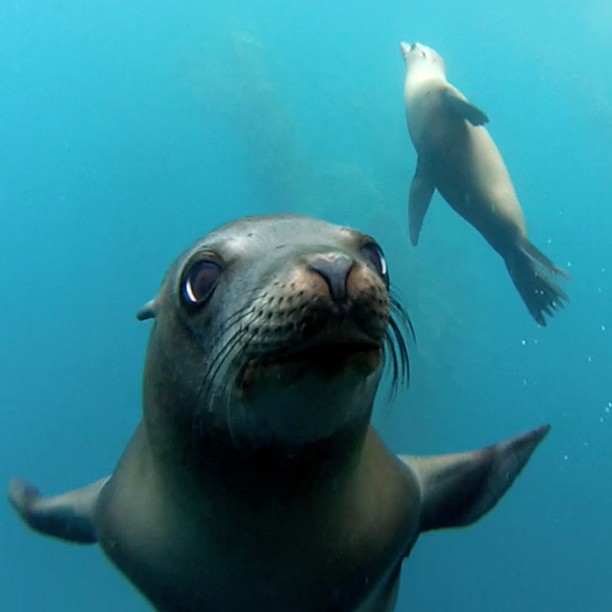 These Islands, along with
These Islands, along with 
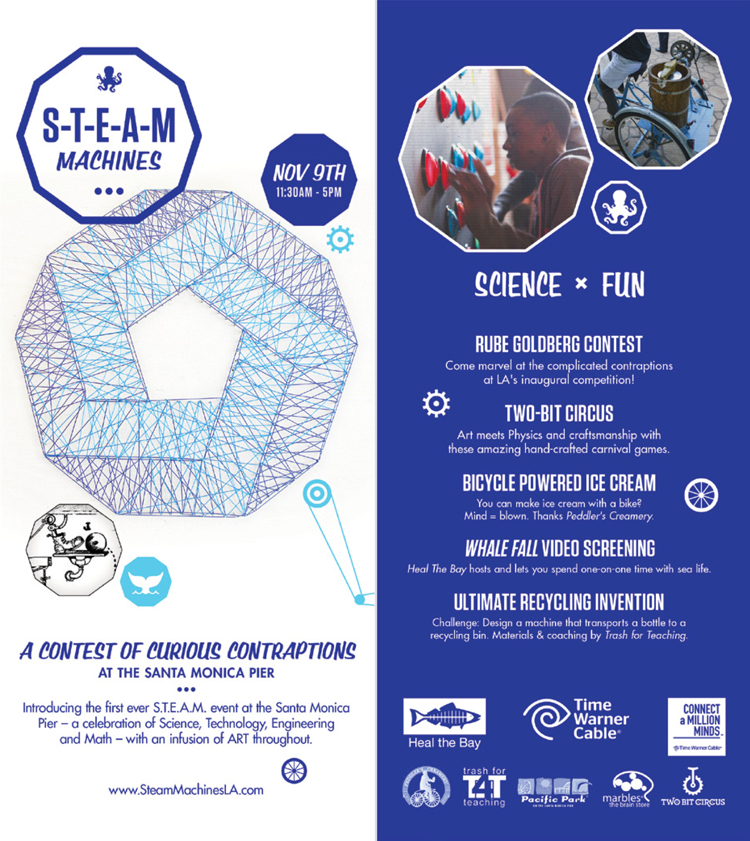

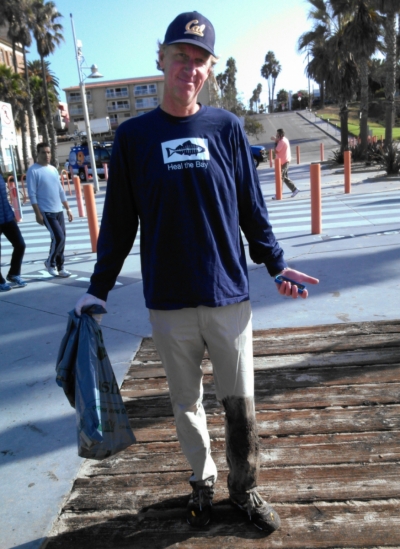 I found myself tiptoeing through the muck near the Pico-Kenter stormdrain to get a perfect shot of a soiled plastic bag perched atop a black-and-white soccer ball. Unfortunately, I took a misguided step and suddenly found myself thigh deep in a sickening sludge of brackish water, clumpy sand and very dirty trash.
I found myself tiptoeing through the muck near the Pico-Kenter stormdrain to get a perfect shot of a soiled plastic bag perched atop a black-and-white soccer ball. Unfortunately, I took a misguided step and suddenly found myself thigh deep in a sickening sludge of brackish water, clumpy sand and very dirty trash.